Introduction

Regular readers know I have a soft spot for lenses like the Canon EF 200mm 2.0 L IS. It was introduced in 2008 and is still the latest lens in its class. So how does it stack up compared to the older 200mm 1.8 L? And how does it work with the new real time AF of the gen 3 cameras? Find out in this review!
Sample Images

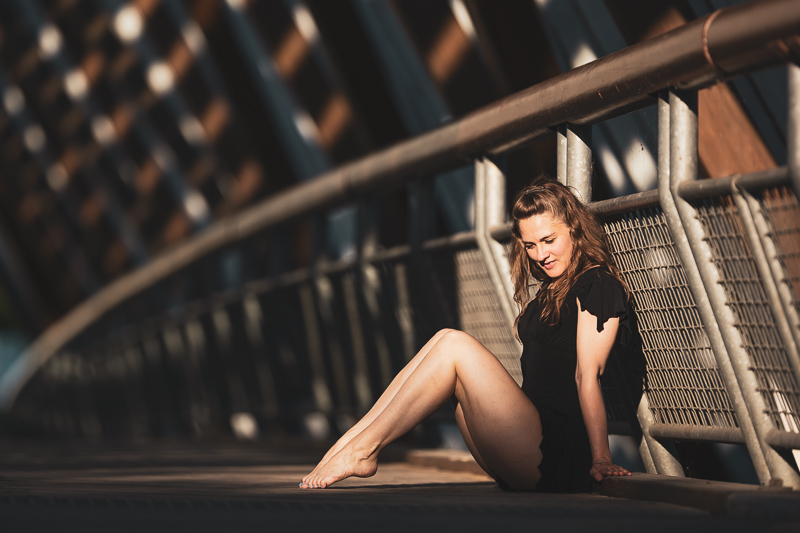
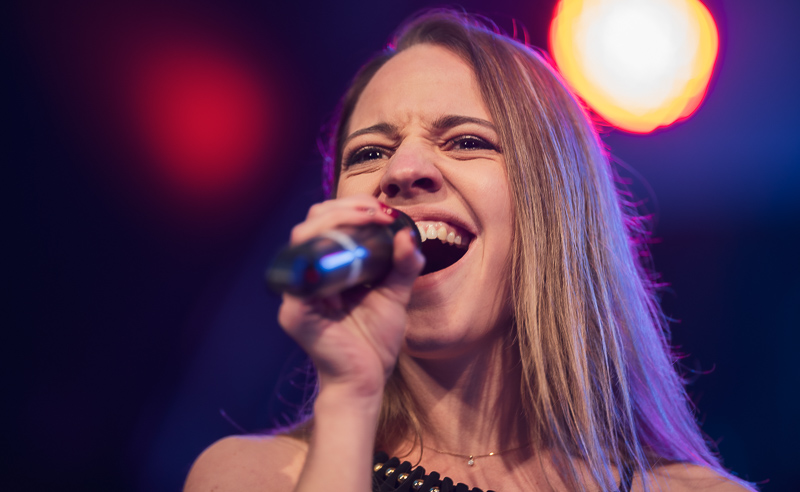
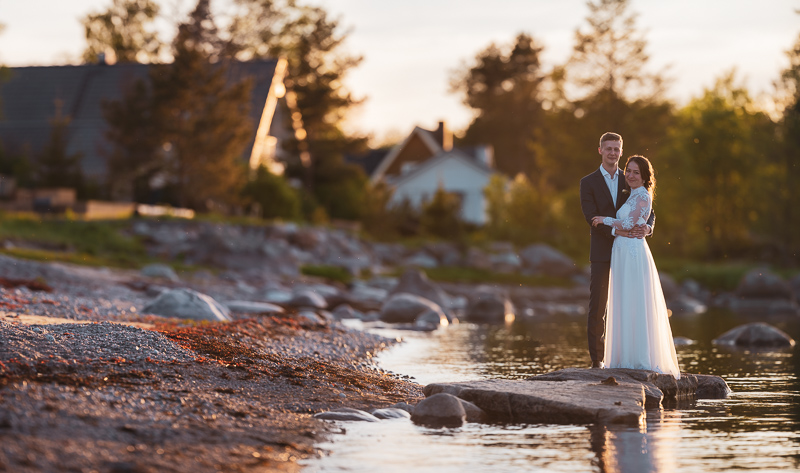

You can find most of the shots in this review in full resolution here.
Contents
Specifications / Version History
In 2008 the Canon EF 200mm 2.0 L IS replaced the 1/3 of a stop faster Canon EF 200mm 1.8 L that was introduced in 1989. There surely has been some controversity regarding the successor being slower and I cannot tell you why Canon decided to do this. To realize a more lightweight lens? Because it was not easily possible to build a 200mm 1.8 lens without lead glass? As you will see in this review there are differences more noticeable than the 1/3rd of a stop slower maximum aperture. The Canon EF 200mm 2.0 L IS reviewed here has the following specifications:
-
- Diameter: 128 mm (Hood 146 mm)
- Field of view: 12° (diagonally)
- Length: 208 mm (with Hood 310 mm) + adapter
- Weight: 2520g + Hood 210g
- Filter Diameter: 52 mm drop-in
- Number of Aperture Blades: 8
- Elements/Groups: 17/12

- Close Focusing Distance: 1.9 m
- Maximum Magnification: 1:8.3 (1:5.3 with EF12 II extension tube)
- Mount: Canon-EF
You may also have a look at Canon’s official page.
You can get one new for $5700/5500€ from amazon.com, B&H or used for roughly 3500$/3800€ on ebay.com/ebay.de (affiliate links)
Operation
Handling / Build Quality

The lens is one of Canon’s L grade professional lenses so you would expect very good build quality and handling and the lens certainly doesn’t disappoint in that respect. The outer casing does seem to be made of metal as does the really big lens hood (I am not 100% sure what it is made of, my guess is magnesium alloy).
Unlike the EF 200mm 1.8 this lens does not incorporate a focus-by-wire system but a direct coupling between focus ring and mechanics instead. The focus throw is around 180° and makes setting precise focus an easy task.
The lens further features a focus limiter switch (3.5 m to oo instead of 1.9 m to oo), an AF/MF switch, Stabilizer on/off switch, Stabilizer mode switch (1 = normal, 2 = panning), a focus preset function and 4 radially arranged focus hold buttons that can be programmed in camera like on a native lens.
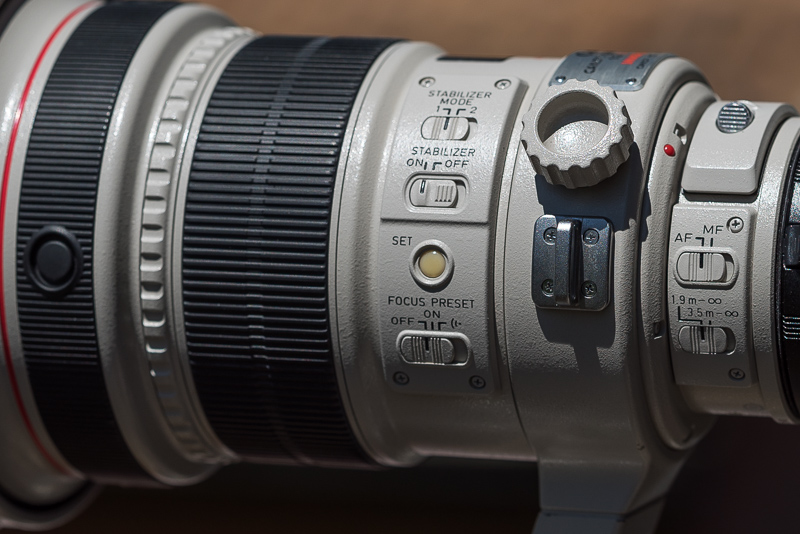
The lens hood is very big but also very sturdy. Unlike on many other shorter lenses I often use these super tele hoods as they are all quite prone to getting hit by stray light. There is also a non removable (but rotatable) tripod collar. There are replacement foots with arca swiss profile available e.g. from RRS.
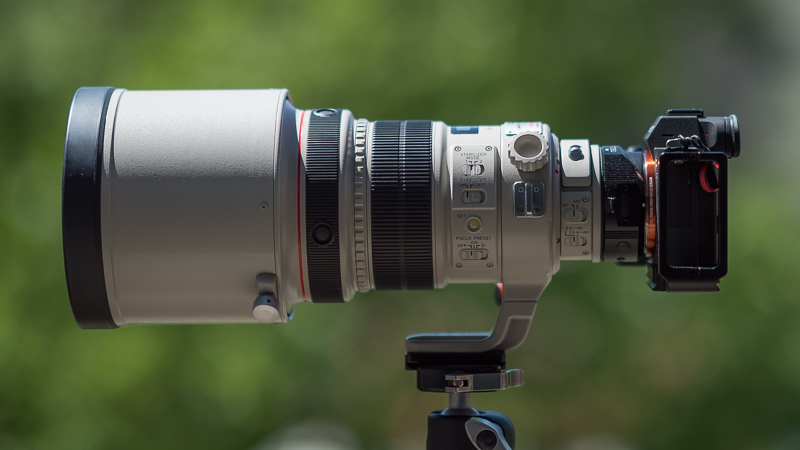
With AF and IS it is certainly possible to use this lens without tripod, but you will surely begin to notice the weight after some time.
Slot-In Filters
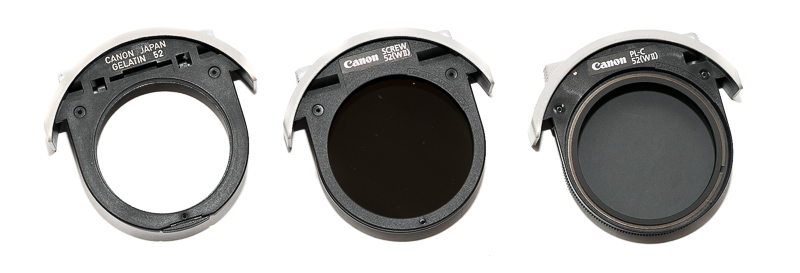
The lens features a slot for 52mm filters close to the bayonet. The lens ships with a rather useless gel holder that can be replaced by a 52mm screw in holder (Canon Screw 52 (W II) e.g. for ND filters) or a polarizer holder (Canon PC-C 52 (W II)).
These are very expensive, especially the polarizer holder. Luckily I managed to get a set of both used for a decent price.
My polarizer holder has an “interesting” feature though: it has been assembled in the wrong direction. For it to take proper effect it has to be used reversed (the “Front Arrow” pointing to the back). I am not sure if this is the case with all polarizers of this type or if this one is only an exception (I hope the latter is the case…).
This glass element is part of the optical formula, so you should always be using the gel holder or the screw in holder with the clear protect filter when not using any other filter.
Autofocus / IS
I have tested this lens on the Sony A7rII and A7III with the following two adapters:
- Sigma MC-11
, firmware 1.25, $249 (affiliate link)
- Metabones MK V, firmware v0.61, $399 (affiliate link)
(Metabones MK III, IV and V feature the same electronics and should give the same results)
On the A7rII both adapters work similar, AF is quite snappy and reliable but eye-AF is not working. The in lens IS is not working so well though: at shutter speeds of 1/60s and faster I got better results without the in lens IS.
On the A7III the combination with Sigma MC-11 does not work at all. It is not even possible to change the aperture value.
With the metabones the lens works really well on this camera though (in green mode): AF is fast, eye-AF is working, on lens buttons are working.
But: be sure to not use the face register feature as the camera will simply freeze when you attempt to take a shot when it is activated.
Towards the corners of the frame the AF is not working as great anymore, so it is a good idea to stay within the PDAF area.
Vignetting
light falloff
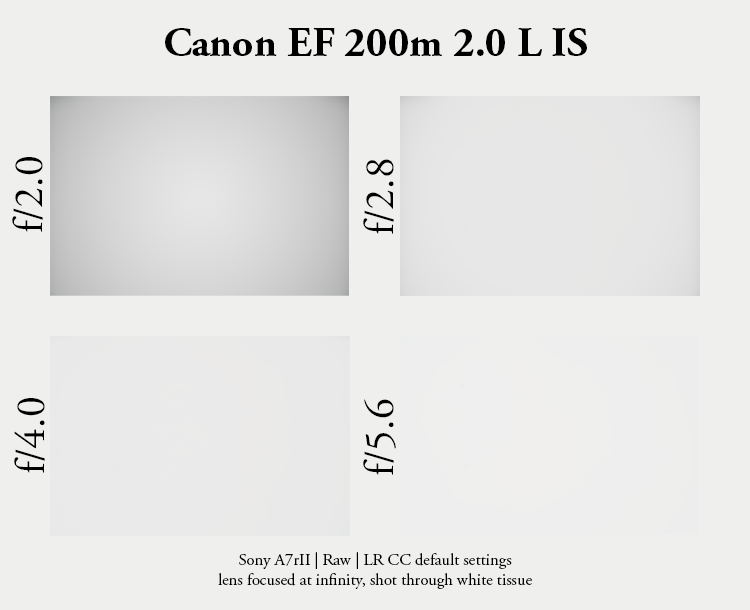
Wide open there is visible vignetting of roughly 2.0 EV, stopped down to f/2.8 only 1.0 EV, stopped down to f/4.0 it is already negligible with 0.4 EV and further improves to 0.1 EV at f/5.6. There is a Lightroom profile for this lens available.
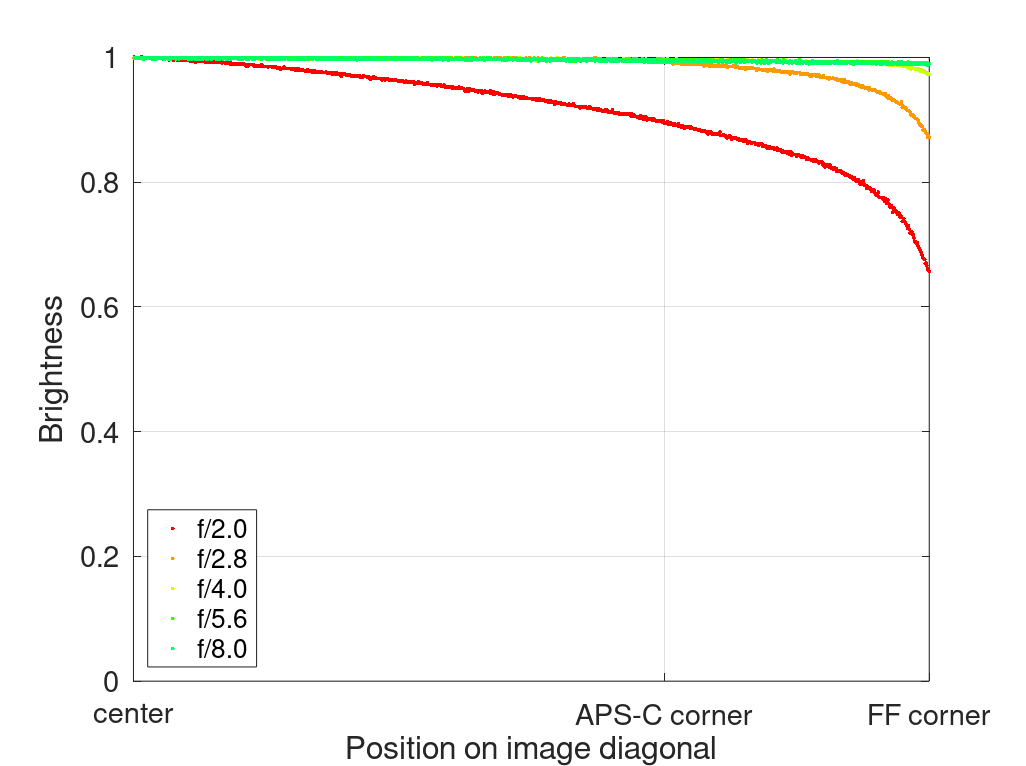
It is recommended to have a look at this article first to get an idea how this brightness graph works.
optical vignetting
Very fast lenses usually show a significant amount of optical vignetting. Without going too much into technical details optical vignetting leads to the truncation of light circles towards the borders of the frame.
In the center of the frame almost every lens will render a perfect circle, but only lenses with very low optical vignetting will keep this shape in the corners.
So in the following comparison we move from the center (left) to the extreme corner (right) and see how the shape of the light circle changes.
This is very typical behaviour for a lens with these parameters. If this bothers you, you may need to have a look at some of the projector lenses with bigger image circle like the Carl Zeiss Jena 1.9/168 or 1.9/183.
I did not shoot the 200mm f/1.8 and 200mm f/2.0 side by side. The circles would be bigger on the f/1.8 lens when focused at the same distance and cropped to the same size.
The light source is reflected by a glass door, the small dots are dust spots on that door.
Sharpness
infinity
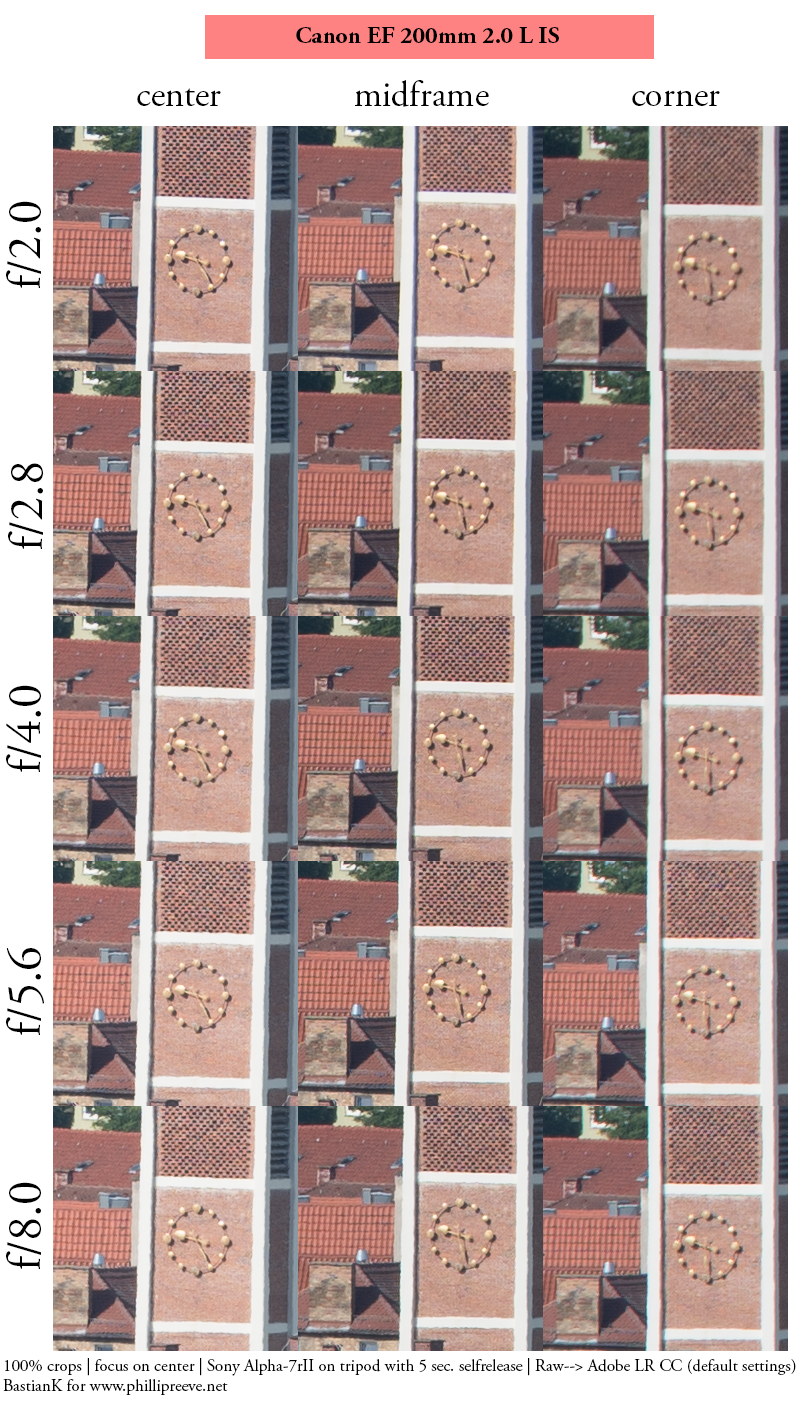
Heat haze is always a problem when looking at the infinity resolution of tele lenses and this was no exception. The center and midframe always look great, but the corners surely benefit from stopping down a bit.
Compared to the Canon EF 200mm 1.8 L the corner resolution looks a bit worse, but having used the lens in the field I don’t think it has been optimized for infinity and performs better at slightly closer distances.
The exposure of the f/2.0 corner crop has been lifted in post.
close focus (1.9 m)
100% crops from center, A7rII
A minimum focus distance of 1.9 m is a big improvement over the predecessor’s 2.5 m. The image quality is very usable wide open with slightly reduced contrast and improves to very good levels on stopping down to f/2.8.
close focus with EF12 II extension tube
100% crops from center, A7rII, because of focus shift (see corresponding section) I refocused for every shot
With the Canon EF12 II extension tube you can significantly increase the maximum magnification (1:5.3 instead of 1:8.3) but the performance suffers a bit at f/2.0 and f/2.8. There is also a slight focus shift introduced (see corresponding section).
But I doubt many people are interested in using this lens as a pseudo-macro anyway.
Flare resistance
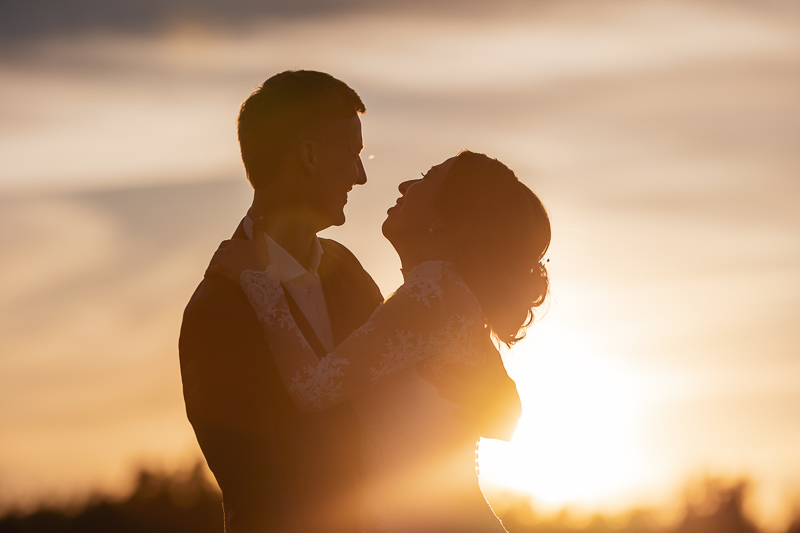
As is the case with most of the super tele lenses this is definetly a weak spot. With the sun inside the frame it is easily possible to catch a few ghosts, with the sun outside the frame veiling flare becomes a problem and even the hood – despite being pretty big – can’t always help here.
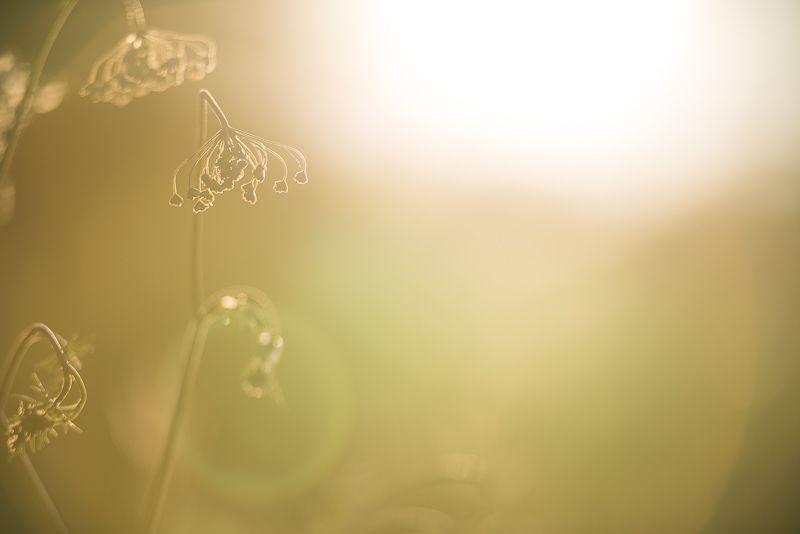
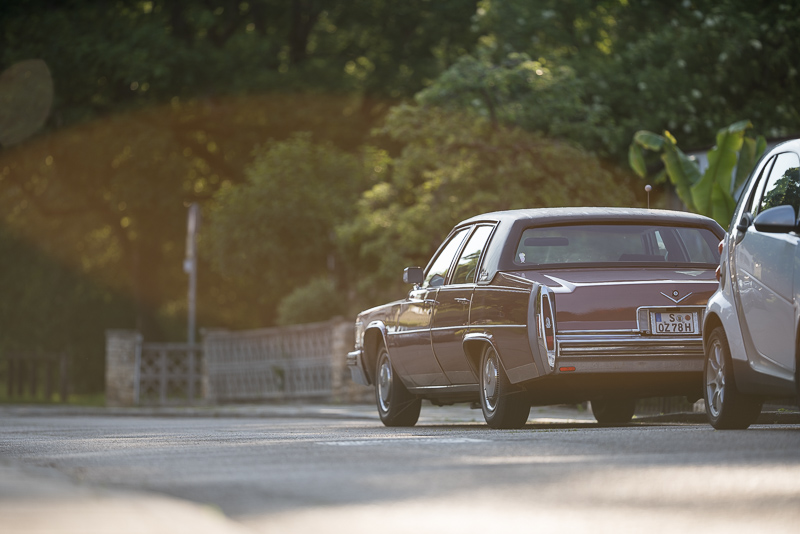
This is a common issue with (fast) tele lenses though and the competition I tried isn’t any better.
Distortion
The lens is practically distortion free.
Bokeh
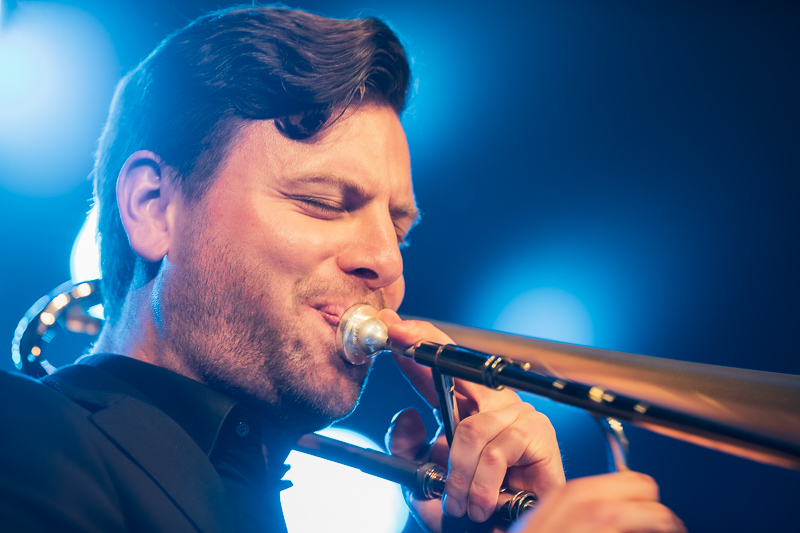
One of the two reasons people are using this lens these days. Backgrounds simply melt away and despite the sometimes noticeable cat’s eye effect there are no distractions like outlining or even onion ring patterns. Just have a look at the sample images and let them speak for themselves.
Bokeh always looks great, no matter whether you are taking headshots:
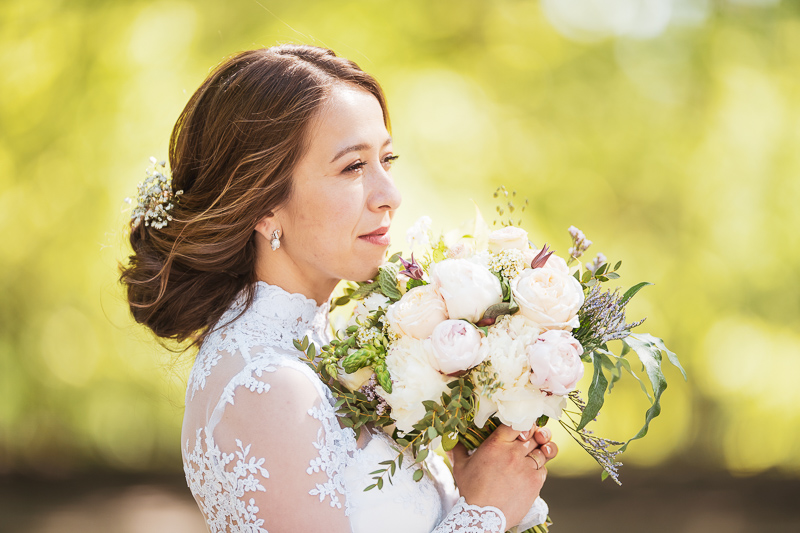
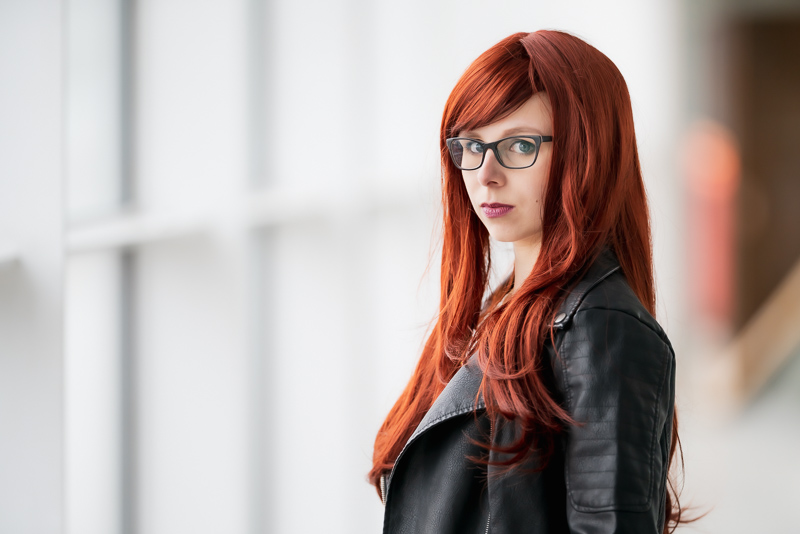
Half body shots:


Or full body shots from a distance:
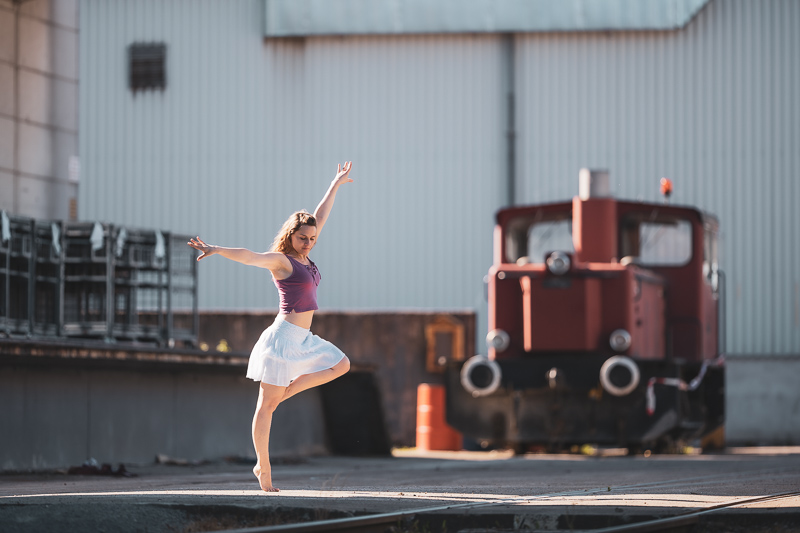


Stopped down the highlights stay perfectly round until f/2.8. This is a big improvement over the 200mm 1.8 that showed noticeable sawtooth bokeh at f/2.0 and f/2.8. From f/4.0 onwards you get rounded octagons.
Coma
Sony A7III | Canon EF 200mm 2.0 L IS | 100% crops from extreme corner
The coma correction is exceptional from f/2.0. One of the best performances I have seen so far.
Sunstars
Sony A7III | Canon EF 200mm 2.0 L IS | slightly cropped
At f/2.0 and f/2.8 there are no real sunstars, but between f/11 and f/32 the sunstars are really beautiful as the pointed rays have a constant length and they are not frayed. For further reference you can also have a look at out Best lenses for Sunstars article.
Too bad barely anyone will use this lens to shoot architecture during blue hour.
Chromatic aberrations
longitudinal

At the increased minimum focus distance (when using the EF12 II extention tube) slight longitudinal CA (loCA) are present in front of and behind the plane in focus.
At normal working distances though the Canon EF 200mm 2.0 L IS behaves pretty much like an apochromatic lens (like the Nikon AF-S 200mm 2.0G VR and the Voigtlander SL 180mm 4.0 Apo-Lanthar), which is what I would have expected from a lens in this class.
In this heavily backlit scenario there are no traces of colorful outlining visible:

lateral
Sony A7rII | Canon EF 200mm 2.0 L IS | f/8.0 | CA 100% crop before/after corner
The lateral CA are well corrected. A big improvement over the Canon EF 200mm 1.8 L.
Focus shift with EF12 II extension tube
50% crops, A7rII
With the 12mm Canon extension tube the Canon EF 200mm 2.0 L IS shows a very slight amount of focus shift (especially on stopping down from f/2.8 to f/4.0) but the situation has much improved compared to the predecessor which showed a really nasty amount of focus shift.
This is only noticeable when using an extenstion tube, so for most people this will be negligible.
Alternatives
Auto focus
Nikon AF-S 200mm 2.0 G VRI(I):
I was using one of these on my Nikon DSLRs. Unfortunately adapting Nikon glass to E-mount cameras does not work as well as Canon glass. This is also pretty much the reason I sold it.
Both lenses are exceptional performers, you cannot go wrong with either.
Price range: 3000$ (VRI used) to 5700$ (VRII new) (affiliate links)
Canon EF 200mm 1.8 L:
It is 1/3rd of a stop faster, but apart from that this newer version is the better lens. The 200mm 2.0 is: lighter, easier to handle, has better aperture blades, better mfd, IS, no focus by wire and spare parts are still available.
Price range: 3000$ used (affiliate link)
Manual focus
Nikon Ai-S 200mm 2.0 ED:
This might be the optically least impressive of the bunch but it is also the most affordable. From what I have seen sharpness wide open isn’t as impressive and it has the worst loCA correction.
Price range: 1700$ to 2500$ used (affiliate link)
Contax/Yashica Zeiss Aposonnar 200mm 2.0 T*:
I barely know anything about this lens. If you happen to own one drop me a note 🙂
Price range: 3500$ to 4500$ used (affiliate link)
Olympus OM Zuiko 180mm 2.0:
It is quite a bit lighter than the other lenses mentioned here and also offers the highest magnification. I do prefer the bokeh of the Canon and the newer Nikon lenses though.
Price range: 2500$ to 5000$ used (affiliate link)
Olympus OM Zuiko 250mm 2.0:
A very rare and spectacular lens. Noticeably heavier and therefore more difficult to handle.
Price range: 5000$ to 8000$ used (affiliate link)
Leica APO-Summicron-R 180mm 2.0:
This is the most expensive lens in this class. Today most of them are probably in some collector’s showcases and therefore I can’t tell you much about it. If it is a true apochromatic design it might be – in terms of optical quality – the best manual lens in this class, but I will probably never find out.
Price range: 8000$+ used (affiliate link)
Canon nFD 200mm 1.8 L:
Same optical design as the EF version but with manual focus only and FD mount. Very rare!
Price range: 5000$+ used (affiliate link)
Conclusion
good
|
average
|
not good
|
Much has changed compared to the EF 200mm 1.8 L: together with the hood you are looking at 600g less, minimum focus distance is 1.9 m instead of 2.5 m, the sawtooth bokeh and the (admittedly well designed) focus-by-wire mechanism are both gone and on top of that you get a very capable in lens IS, easily surpassing the camera’s IBIS.
Of course you are also loosing 1/3rd of a stop in terms of maximum aperture.
When it comes to sharpness I get the impression the f/1.8 lens was optimized for infinity while the f/2.0 lens is rather optimized for portrait distances, but both are exceptional performers in any way. Both lenses also really shine on the gen 3 bodies offering well working eye AF.
Having used both I think this EF 200mm 2.0 L IS is the smarter choice in the end, being easier to operate due to the lower weight, IS, better mfd and still being repairable. But I am sure for many having a unique maximum aperture of f/1.8 at 200mm will easily outweigh those benefits.
You can get one new for $5700/5500€ from amazon.com, B&H or used for roughly 3500$/3800€ on ebay.com/ebay.de (affiliate links)
Sample Images
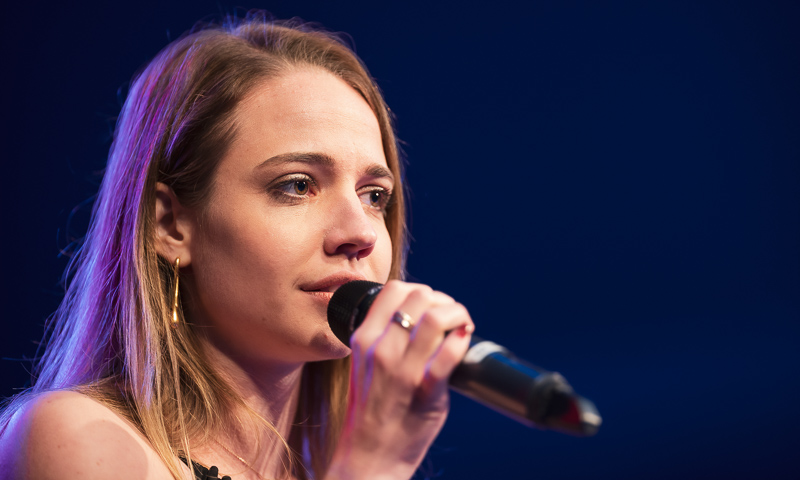
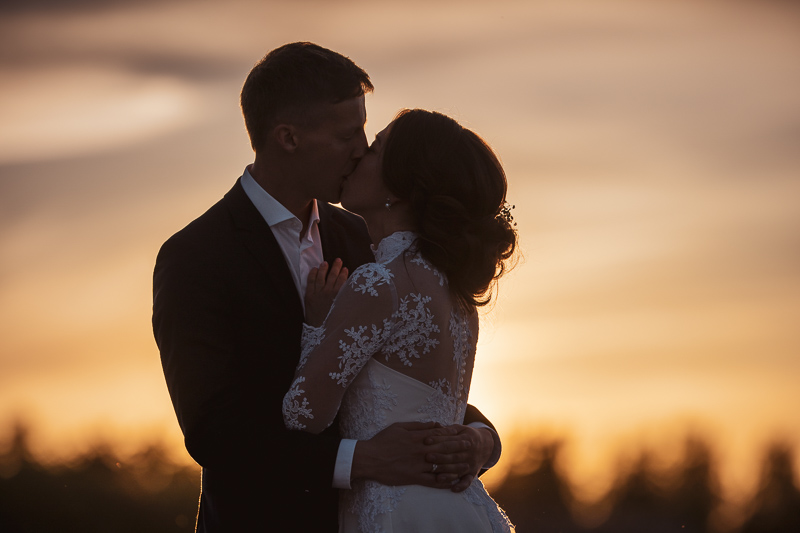

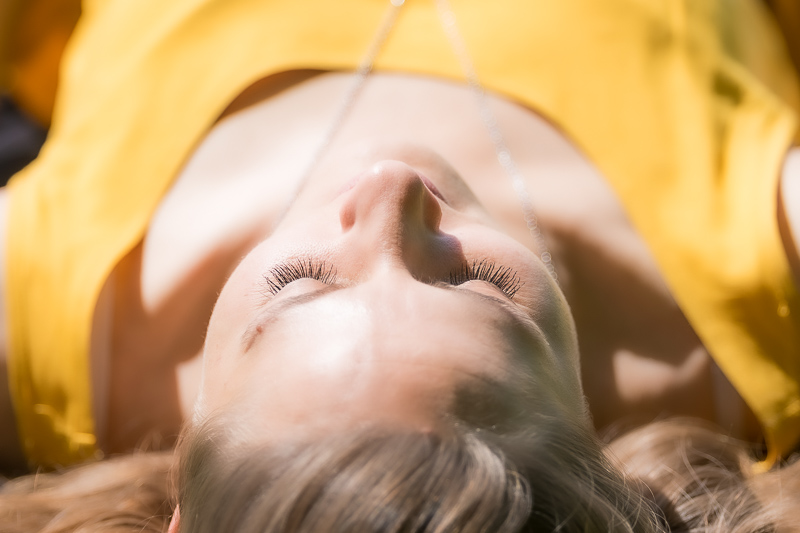
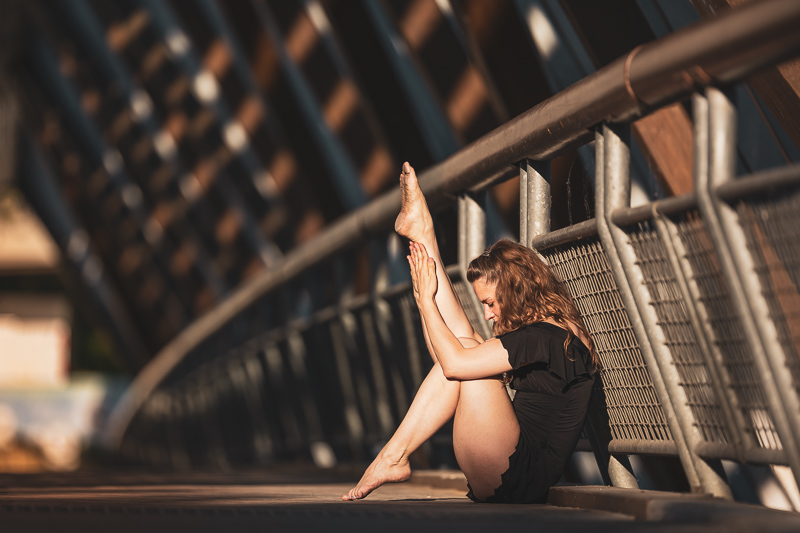
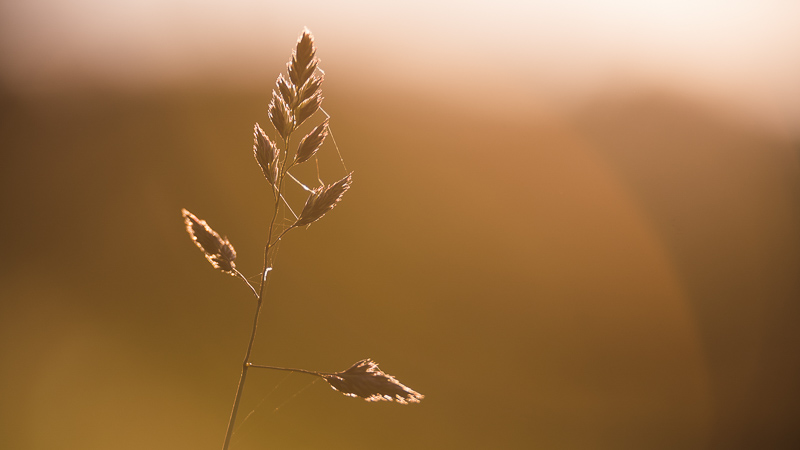
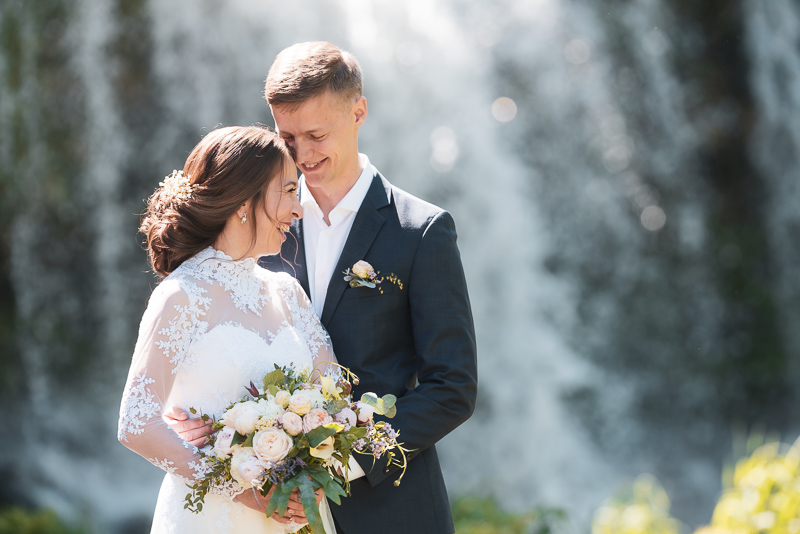
You can find most of the shots in this review in full resolution here.
Further Reading
- Sony FE lenses: Our comprehensive and independent guide
- Sony FE lenses: Our guide to portrait lenses
- Review: Canon EF 200mm 1.8 L
- Review: Sony FE 85mm 1.4 GM
Support Us
Did you find this article useful or just liked reading it? Treat us to a coffee!
![]()
![]()
![]() via Paypal
via Paypal
This site contains affiliate links. If you make a purchase using any of the links marked as affiliate links, I may receive a small commission at no additional cost to you. This helps support the creation of future content.
Latest posts by BastianK (see all)
- The Best Fullframe Lenses from China - November 24, 2025
- Review: Mr. Ding Optics 50mm 1.2 Noxlux Z - November 23, 2025
- Analogue Adventures – Part 46: Fujichrome Provia 400F (expired) - November 19, 2025




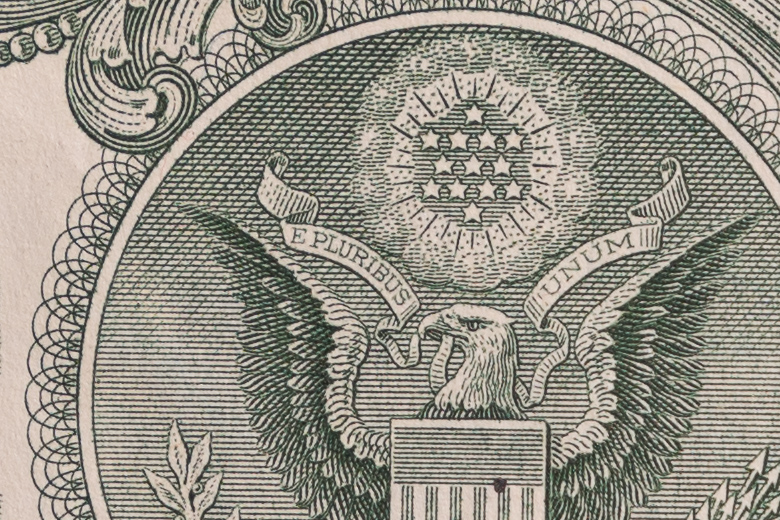





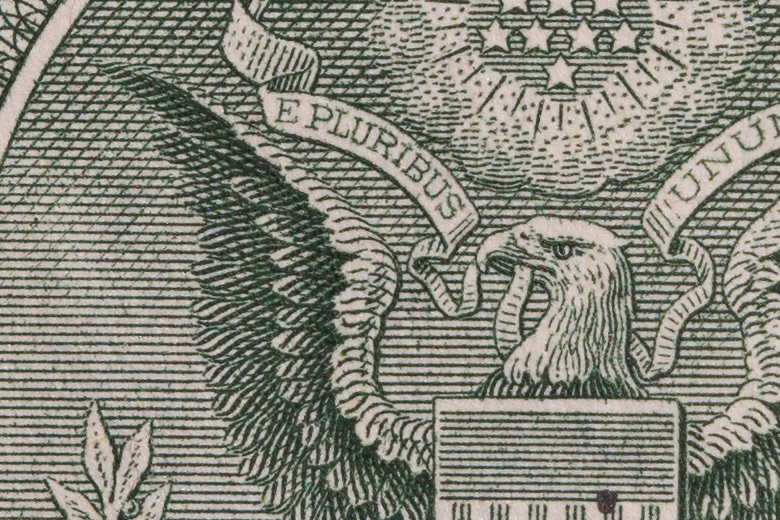
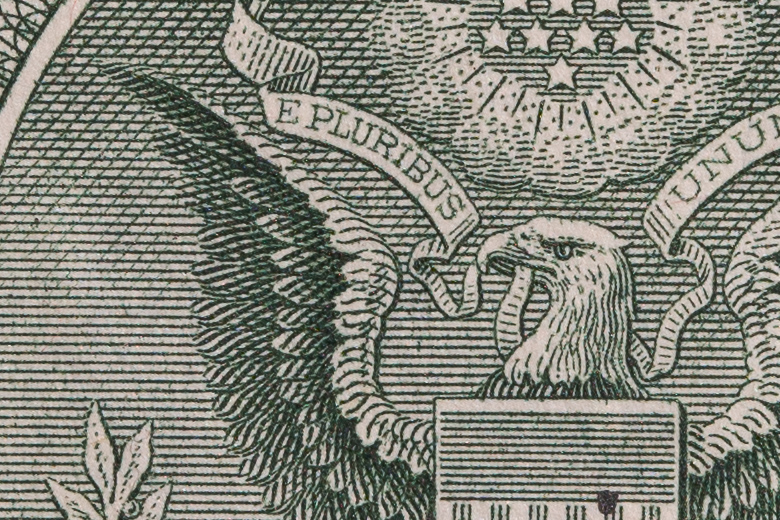
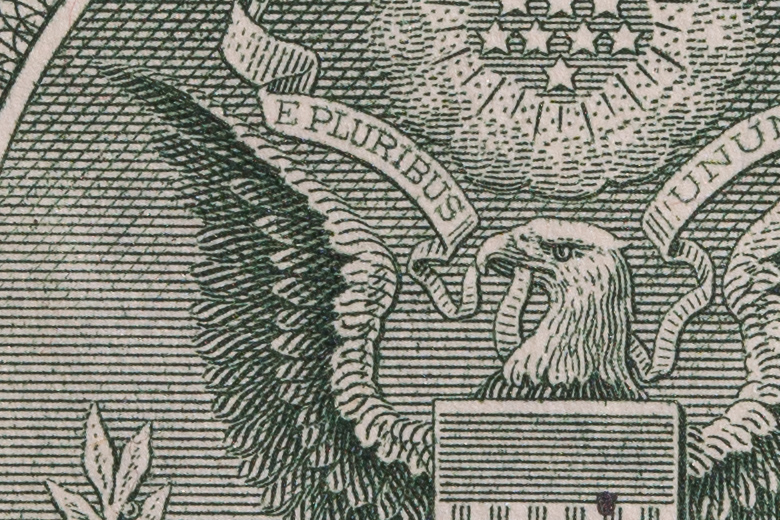

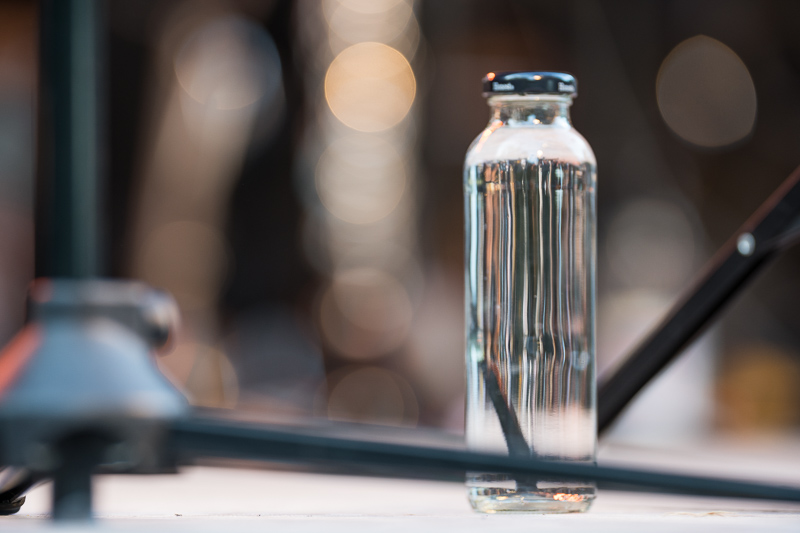
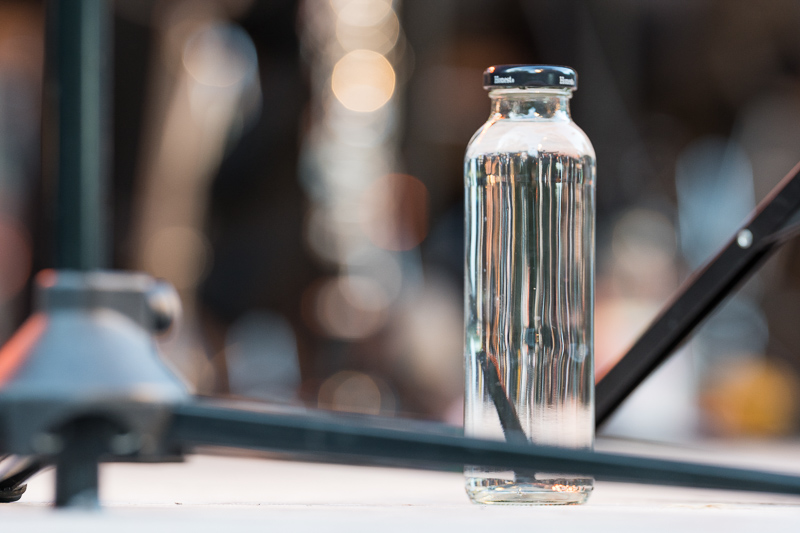
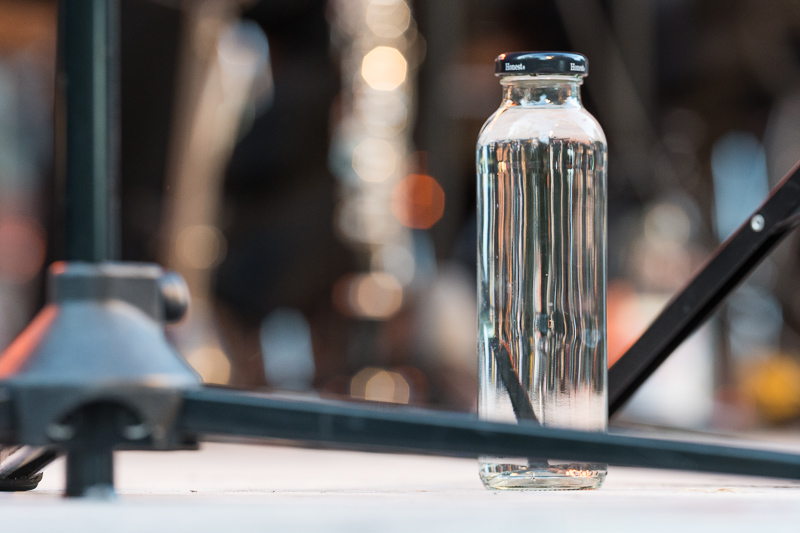



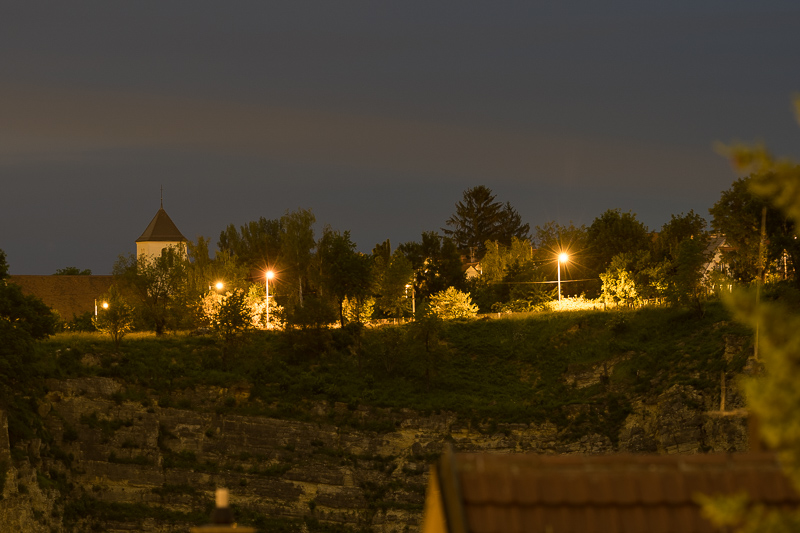
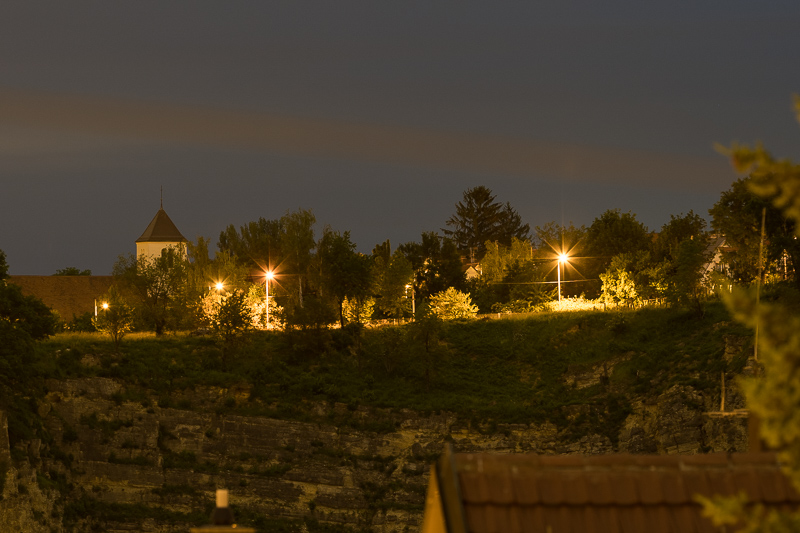

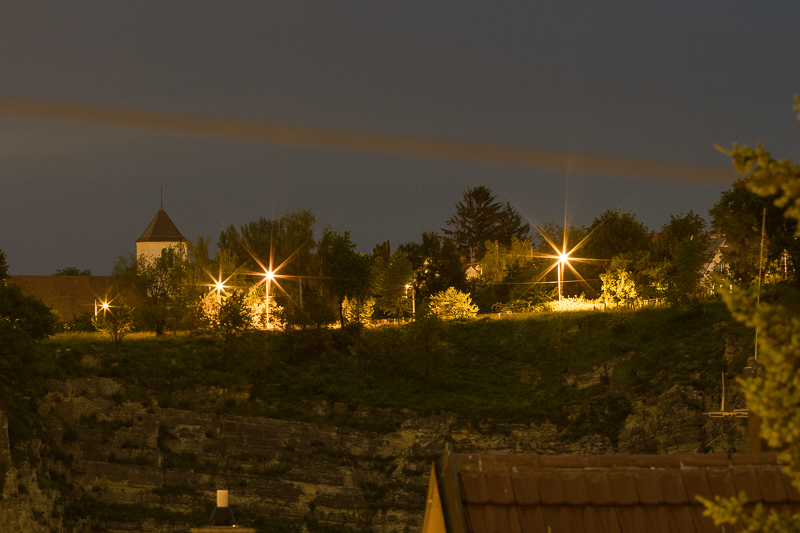
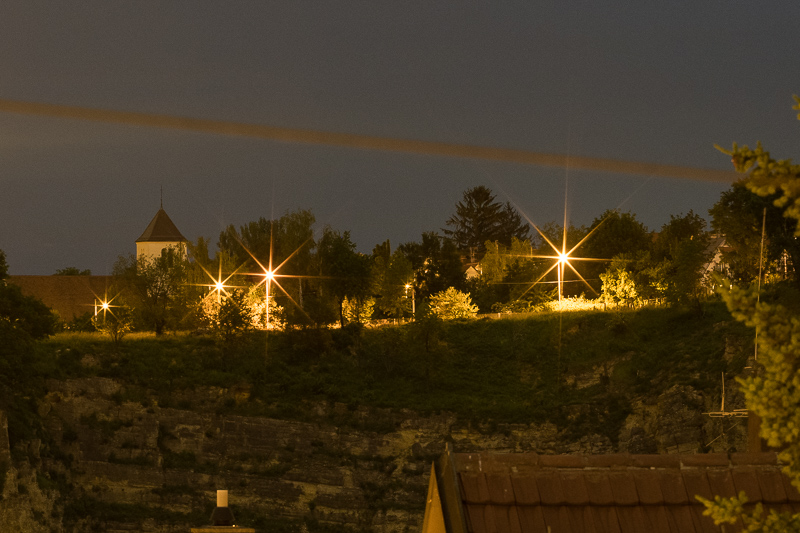
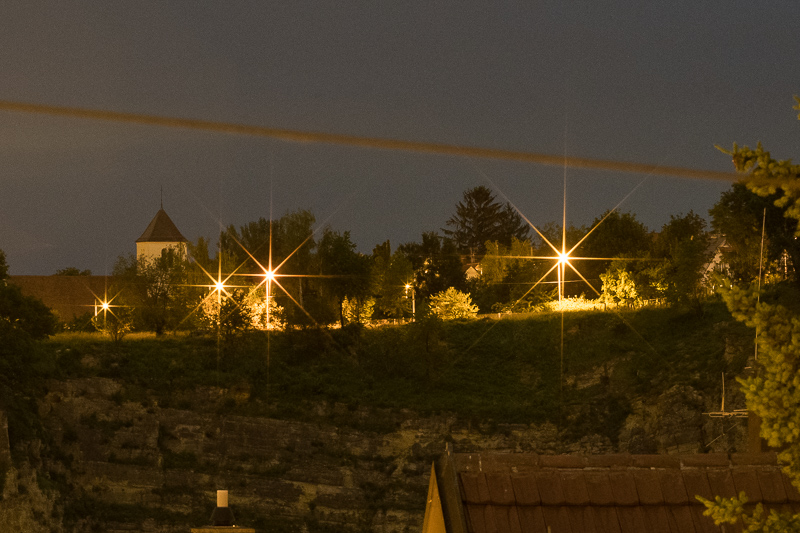
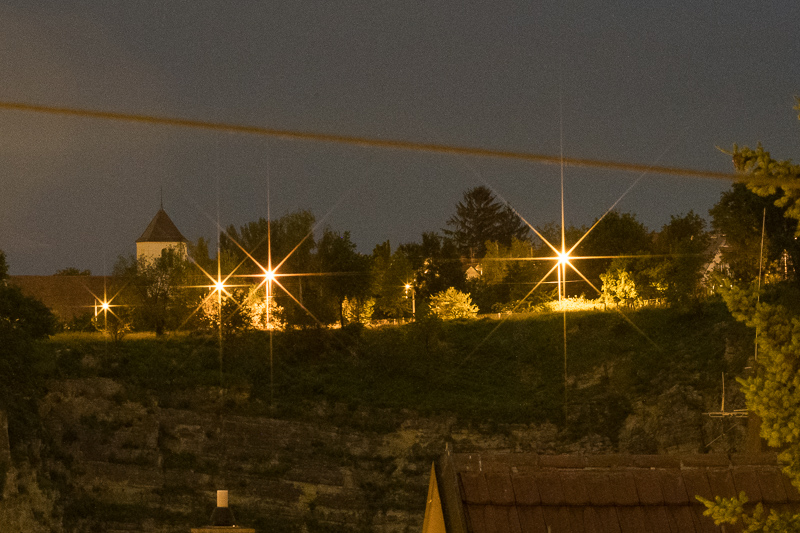
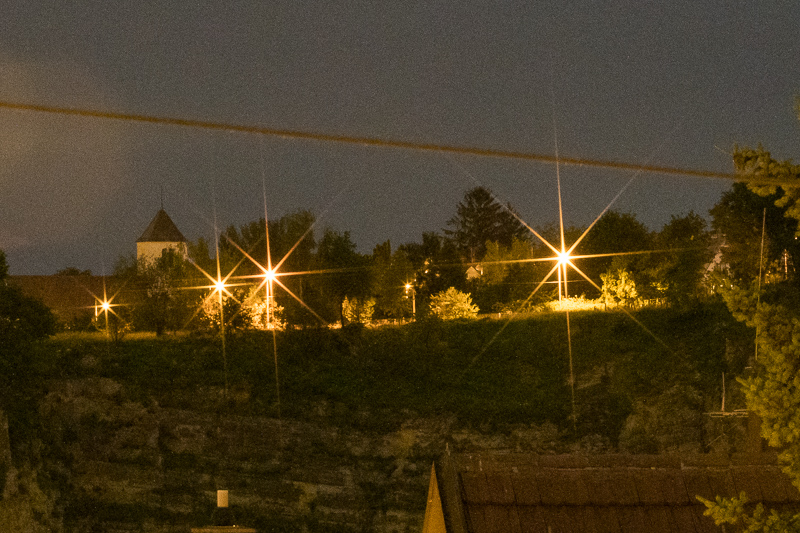
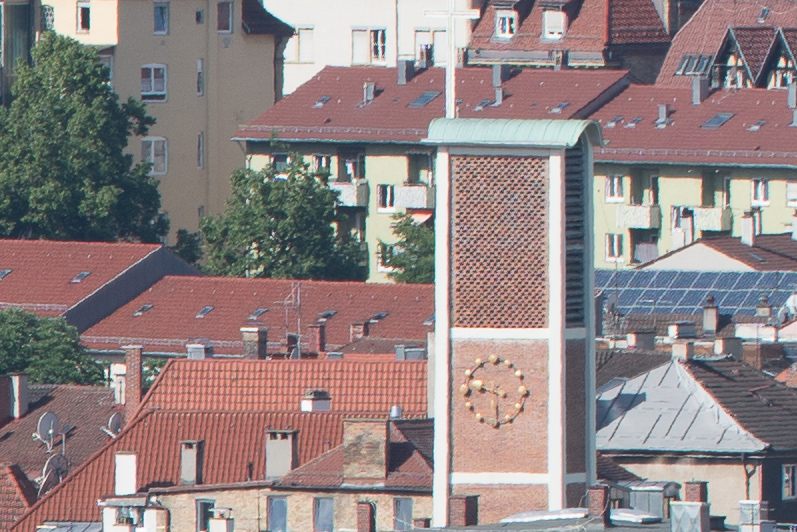
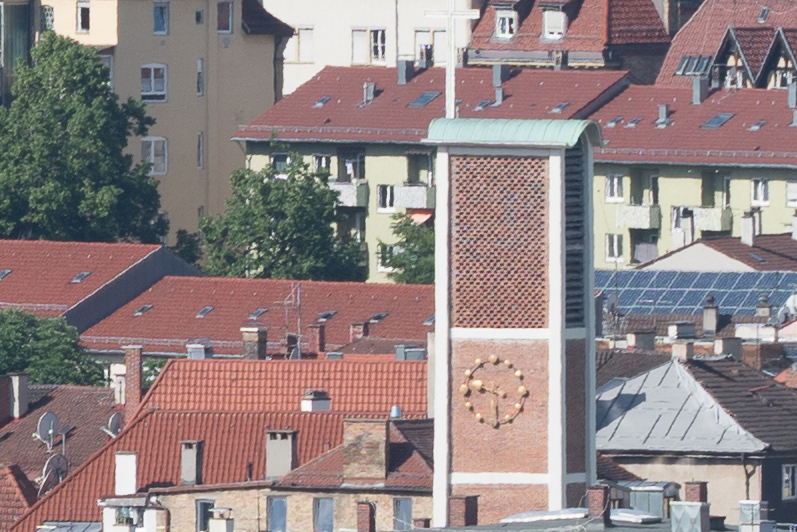
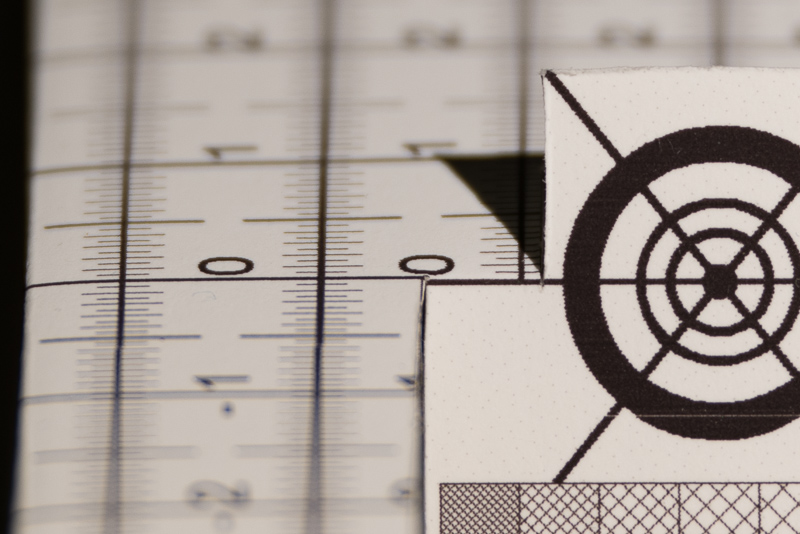
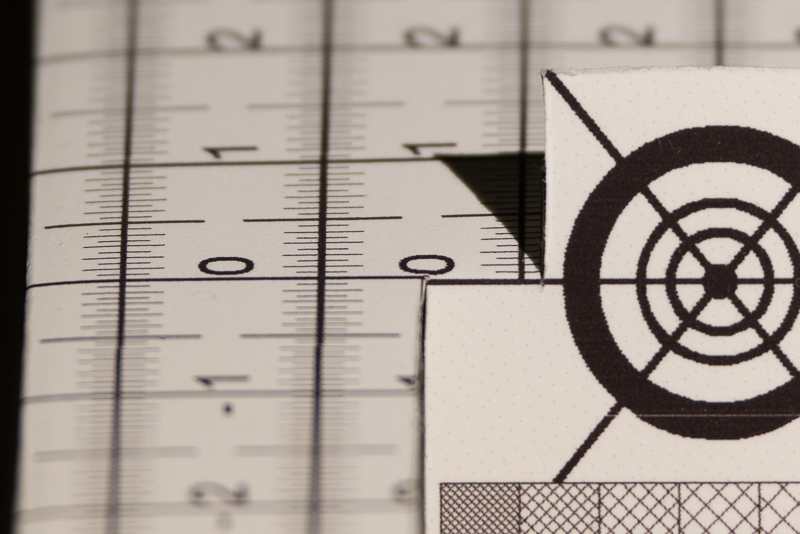
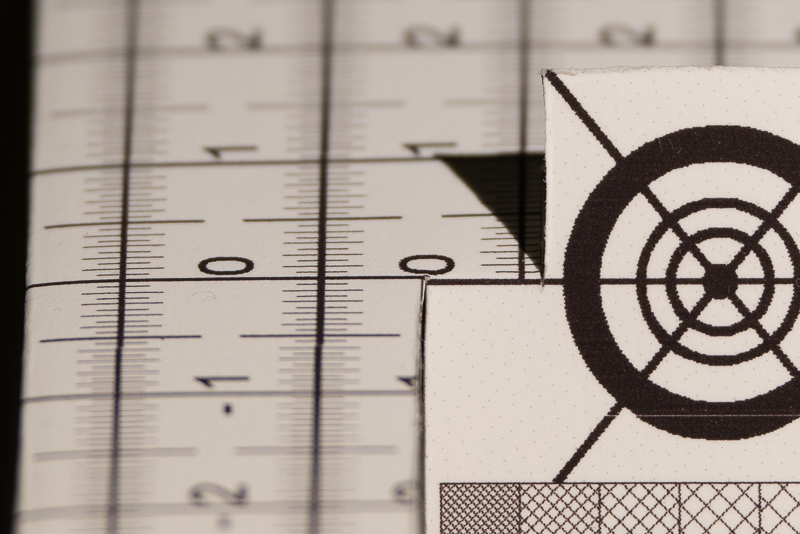
As always it was a pleasure reading, thanks.
We Koreans call Canon 200mm F1.8/ 2.0 as “The Cannon(대포)” in here. Obviously, its big calibur and the Canon wordplay (Yes, Koreans are cheesy about the nicknaming) made the nickname. At first, it is only a nickname for the 200mm, but it became a general word like xerox for calling long, fast tele primes. Not-camera-geeks call every long tele primes as a cannon. So, long story short, the 200mm is the most significant prime that changed the words.
Interesting insight, thanks!
Was a dream, is a dream, will be a dream.
Thank you
Thanks for the review Bastian. The lens clearly inspired you. Beautiful pictures!
You wrote: “The exposure of the f/2.0 corner crop has been lifted in post.”
Exposure is set during taking of the phograph, defined as a combination on f-number, exposure time and ambient light. It can not be changed in post processing. You did change the lightness of the crop instead.
Adobe calls it the exposure slider in Lightroom and as that is the one I used I will call it by its name.
Ok Ted Mosby…there is always one like that guy lol
any thoughts on this lens vs. the older slower Leica Elmarit-R 180mm f2.8?
(thousands cheaper and 1/2 the weight of the 200mm f2)?
Are you talking about the Apo-Elmarit-R 180mm f/2.8 or one of the cheaper non-Apo 180mm 2.8?
The Apo-Elmarit is a good lens, but also heavy for what it is. The non-Apo-Elmarits are nothing special and vastly overpriced considering their performance.
But obviously you are interested in this lens because of the f/2 aperture. If you don’t need that don’t get one of the lenses in this class.
This could be the ultimate lens choice for deep sky astrophotography, the comma correction looks amazing
Great review and amazing photos! Love this lens, own it since 2017 and 200/2 real dream-lens for me. In review all pros and cons are total correct, I recommend this lens for every portrait photographer, who wants the best. Canon 200mm f/2L IS USM is truly and rare brilliant from Canon EF legacy.
Thank you!
And I couldn’t agree more 🙂
Have owned a Canon EF 200mm f2.0L since it came out in 2009?
I have never found a better portrait lens. EF85mm f1.2 is a close contender but just love the 200mm focal length for portrait.
Nice review, thanks for your time.